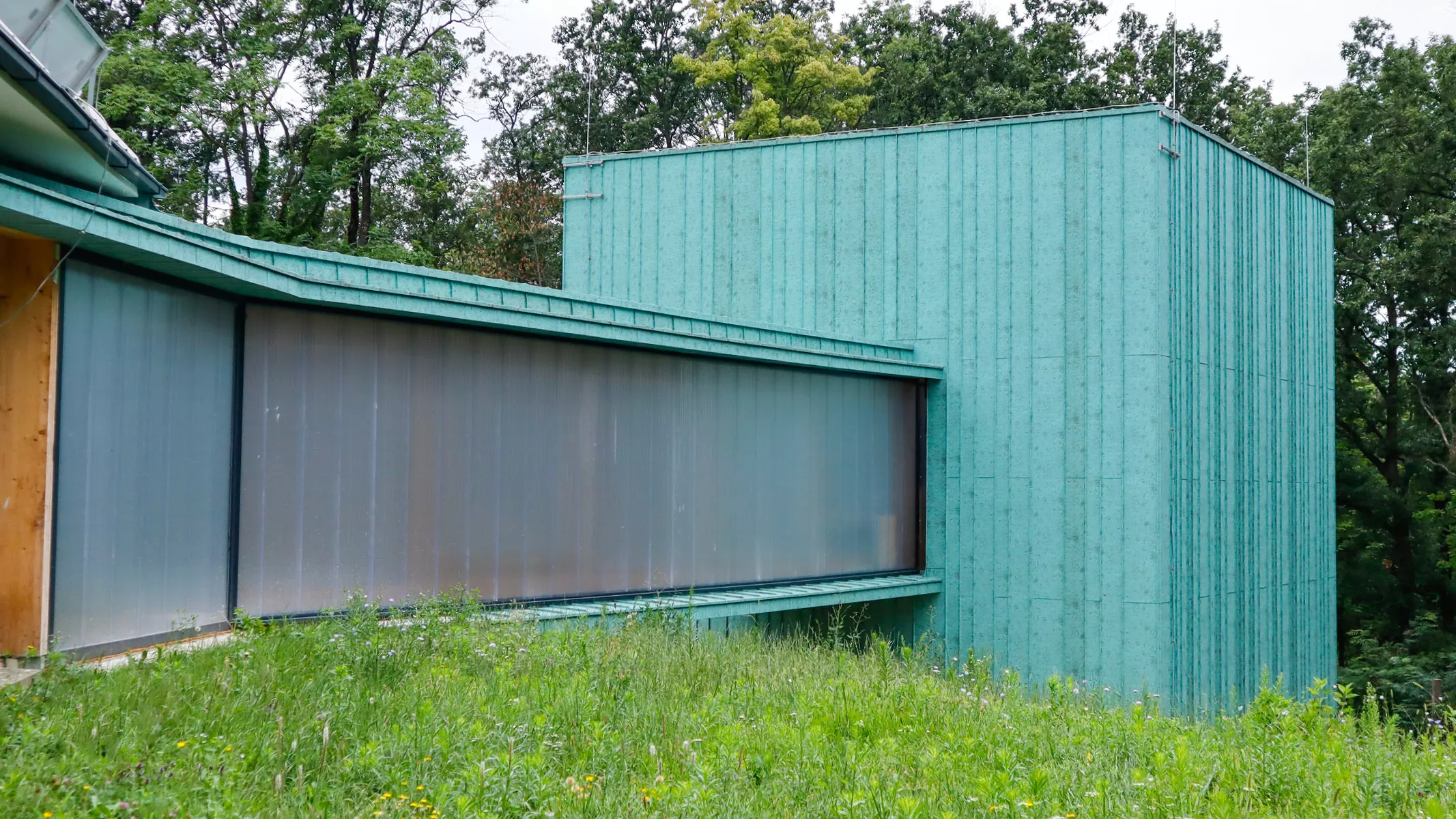The opening of a new magnetically shielded laboratory in Fertőboz, established jointly by the HUN-REN Institute of Earth Physics and Space Science (HUN-REN EPSS) and the HUN-REN Wigner Research Centre for Physics (HUN-REN Wigner RCP), paves the way for conducting previously unfeasible research and applications in geophysics, space science, geology, metallurgy, biology, and medicine in Hungary. With over HUF 400 million in funding, a world-class research infrastructure has been established, now accessible to Hungarian researchers.
The Earth's own magnetic field, although varying in strength, is present everywhere on our planet's surface. On one hand, this magnetic field is highly beneficial as it allows for navigation using a compass and, by forming a magnetic shield, it protects our planet from the charged particle component of radiation from space. On the other hand, this same magnetic field makes it very challenging to conduct high-precision, fine magnetic measurements on the Earth's surface and to shield certain processes sensitive to magnetism from the influence of the magnetic field. Some biological phenomena, such as brain activity or fetal heartbeats, can be closely monitored using the small magnetic fields they generate. However, these fields are typically overshadowed by the Earth's much larger magnetic field. Similarly, many valuable insights can be gained from the frozen magnetic fields within the magnetizable minerals of rocks, but these can only be observed in a magnetically clean environment. Materials with magnetizable properties, like various alloys, which are born magnetized due to the external field, also pose challenges in certain applications. Beyond the above, numerous applications exist with a very low field that require magnetically clean environment. Leading research institutions around the world have established so-called magnetically clean laboratories for conducting research related to these applications. It is of great significance that such a high-quality research infrastructure is now available to researchers in Hungary at the Széchenyi István Geophysical Observatory in Fertőboz.
The Laboratory was established by two research sites within the Hungarian Research Network, HUN-REN EPSS and HUN-REN Wigner RCP, with the support of more than 400 million forints in GINOP funding (project identifier: GINOP-2.3.3-15-2016-00016). The primary objective of the project is to enable geophysical measurements, the simulation of space magnetic conditions, the examination of space instruments’ magnetic purity, and the development of space research instruments. Beyond these objectives, the Laboratory is open to all scientific and technological developments that require a low-field, magnetically clean environment.

The Laboratory's location ensures maximum electromagnetic interference immunity, as the Széchenyi István Geophysical Observatory is situated within the boundaries of the Fertő-Hanság National Park, atop thick sedimentary rock layers, in a geophysically very quiet environment. The most effective filtration of the Earth's magnetic field results from the collaboration between an active compensating system and a passive shielding system. The active compensation is achieved by a three-dimensional coil system. This system, consisting of coils with a 9-meter side length, is placed on the walls of the hall housing the Laboratory, along with its associated electronics. The compensating field adjusts continuously to fluctuations in the Earth's magnetic field, at a resolution of seconds. The system's power supply comes from solar panels, promoting environmental consciousness. Passive shielding is provided by a 3x3 meter shielding chamber positioned at the coil system's focal point. The chamber walls are lined with multiple layers of special alloy (µ-metal) shielding plates. Owing to their unique magnetic properties, these plates "absorb" residual field lines, resulting in an extremely low magnetic field inside the chamber, comparable to that of interplanetary space. High-frequency electromagnetic interference is countered by an additional thick, highly conductive metal layer.
With the completion of the Laboratory, a new, world-class research infrastructure has become accessible to researchers, thus opening the possibility for previously unfeasible research and applications in geophysics, space science, geology, metallurgy, biology, and medicine in Hungary. This facility also enhances Hungary's ability to participate in international research projects.